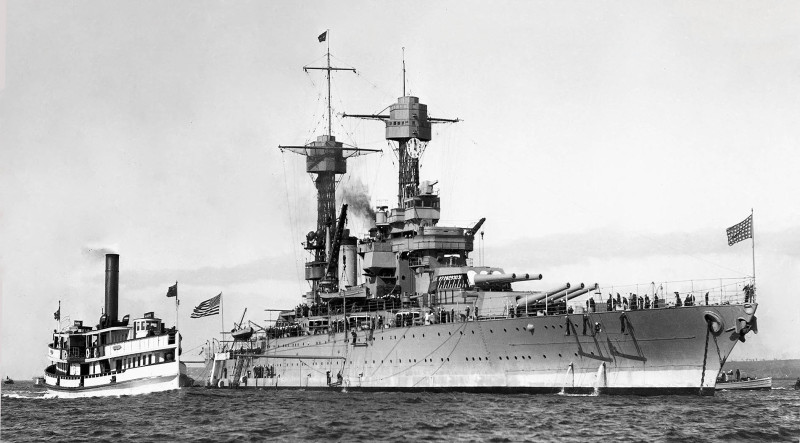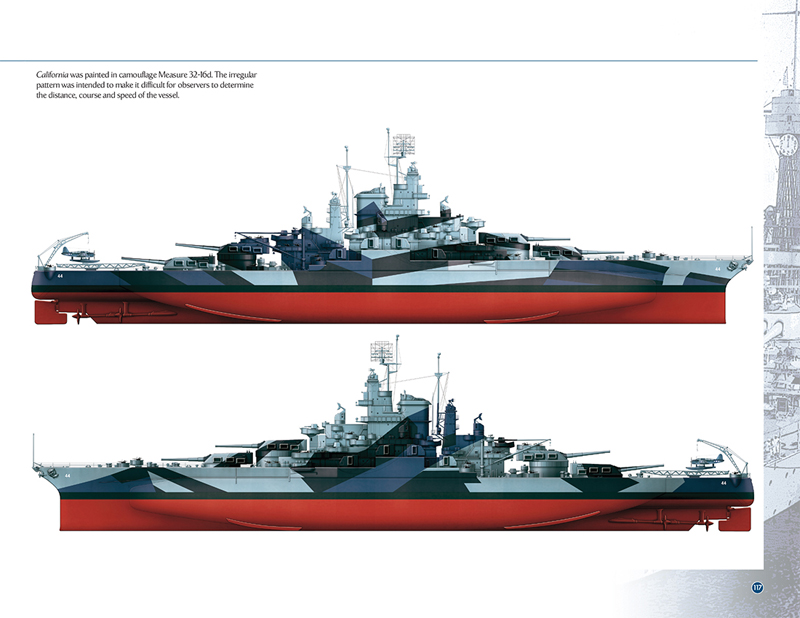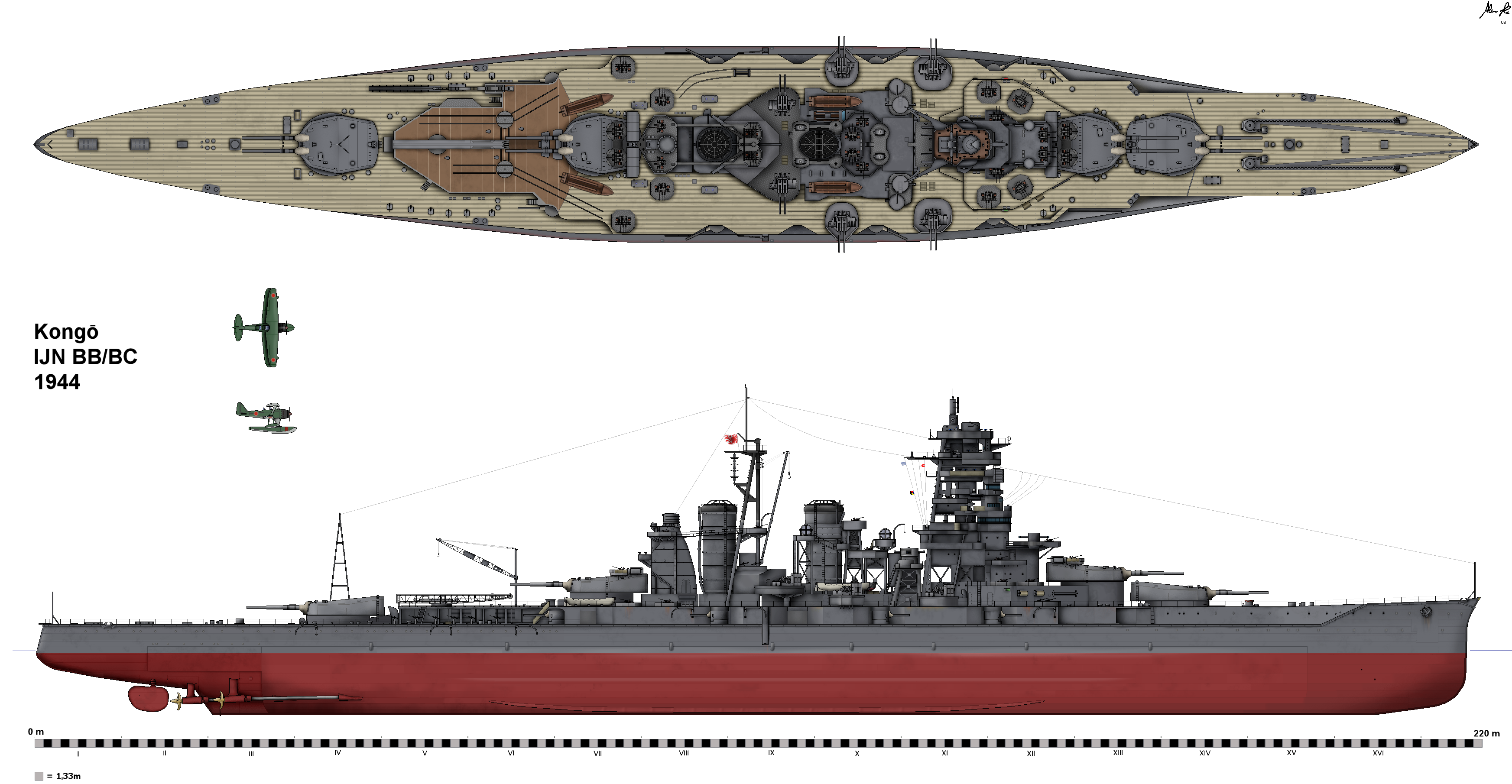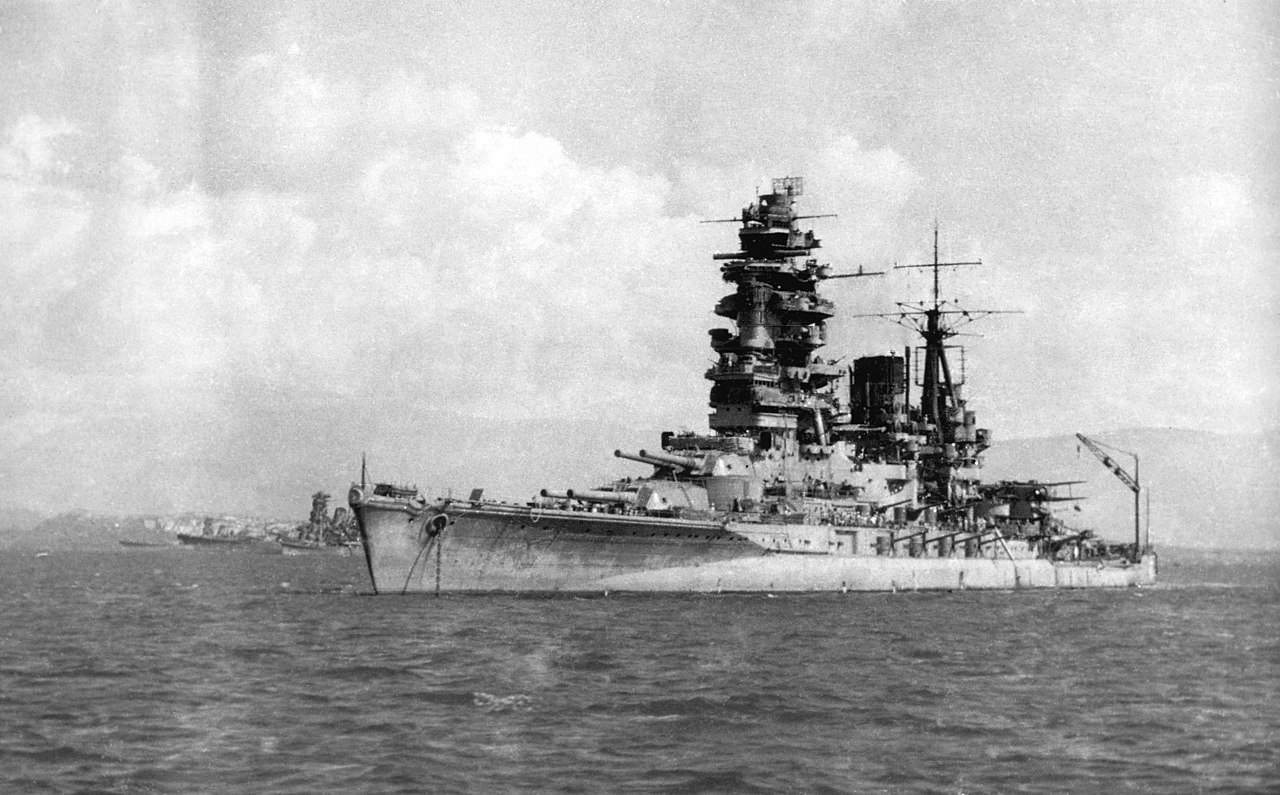Link to Table of Contents
Calypso
by David Sedaris
A House Divided
It’s an odd sort of bonus that one of his siblings is also a public figure. When he describes Amy as having blown her inheritance on candy, you can more easily imagine it.
Probably what fascinates me about large families -- large for me being greater than one -- is the way siblings are identity mirrors for each other. They stand in contrast to each other -- the “smart” one or the “pretty” one -- but they also reaffirm each other’s identities. You have to wonder if, with Tiffany, all the good identities were already taken.
I should go down the list, but it seems like a surprising number of our book club books, especially the fiction or autobiographical ones, have been about siblings. Curious and interesting for me, an only child, but I suppose this is just the norm for most people.
The Perfect Fit
Charming to read but would drive me nuts if I had to be there.
Leviathan (why?)
I’ve always focused on the advantages of being an only child as my parents were dying, but I can see that there would also be substantial advantages to having siblings, if you got along at all. My cousins were almost as helpful, but not quite the same.
David again talks about observing, in middle age, people who are only a couple decades older and being shocked by the personal implications. The problem with this is that people age so differently. My dad’s body was shot before he quite reached 80. My mother “made it” to 86, but in a physically and mentally diminished state. Yet some people are still trucking along past 90. There are no convincing conclusions to draw from any of this.
Kind of shocked that I don’t know the name Hank Mobley. He died in the mid-80’s while in his mid-50s, but he must have been popular in the 60s and 70s when I was listening to a lot of jazz.
Why Aren’t You Laughing?
This is the most serious essay so far, only slightly lightened by humor. There’s a great line about people on a TV show called Intervention, “The authors of the letters often cry, perhaps because what they’ve written is so poorly constructed.”
But the subject is chemical dependence and how families deal with it. My dad was first in AA in the very early ‘60s but it didn’t take. So there was no need, later on, for me to bring up the subject. My only hope was to avoid the scenes when my mother would bring it up. My greatest hope was to avoid the scenes entirely by getting out on my own, and this was before I was twelve. Still, I do remember lots of good times in the later years. It really is like there are two people.
Sedaris writes well about how close the siblings were to their mother, and how distant he was from his father. I can actually top that. One of the things I discovered after my dad died were audio tapes he had recorded while driving around Arizona for work. I listened to them and they are interesting. He was a better storyteller than I am and he told lots of stories from various times in his life. What I couldn’t help noticing though, was there was almost nothing about me. I didn’t hold this against him, we were never that close, but it was revealing. I always assumed I was a disappointment to him, but it would seem that he didn’t really think much about me at all. Kind of like I never thought much about him after I moved away from home.
The Comey Memo
Again he does a good job of balancing serious with frivolous family stuff. Amy, and her rabbit, is always good for a needed laugh.
I suppose you could describe their letting their father continue living the way he is as typical Libtard behavior. Just as the way they didn’t intervene with their mother because it was her life. In that situation I did push my mother into an Independent Living situation, but I do have 2nd thoughts about that as well. It was a reasonable thing to do and it was better for me, but I can’t say without reservation that it was better for my mother.
There ought to be a way for people to test the waters in a retirement community. Unfortunately, there’s usually a waiting list for these units so there’s no incentive for the people running the places to go to any trouble to lure in the reluctant elderly. And should people who can’t take care of their houses be allowed to vote for president?
It is so tempting to want to dig in and fix people’s lives. Especially when it involves throwing out junk, and a quick home makeover. It would be fun and satisfying... but would the recipient appreciate it at all? I kind of doubt it.
I just realized who the other father figure is I’ve been thinking about while reading this. I recently watched a bunch of Kathleen Madigan stand up YouTube videos where her dad is a major character. (The one where her father agrees that Jesus was a suicide "and that family isn’t going to collect a dime" is classic. HERE.) Kathleen does a better job, I think, of showing us her dad in his prime. Like his job is key to that great story, yet I don’t recall what David’s father did. Are we told? (Something at IBM, I was reminded.) The only story about his dad where the father comes off well and in an interesting way, is when he does the U-turn so his daughter can get a better look at the guy exposing himself.
All this really to say that David is still learning to deal with his dad and that process is really not all that interesting. At least to me. I had some intense last days with my dad as he was dying, but he was past the point of meaningful communication. We both just learned some lessons about death at the same time, but not exactly together. If there’s any truth to the near death trope, my first words to him when I’m dying will be, “I’m really sorry about all that but I was learning on the job and doing the best I could.” Or, he might say those words to me about my childhood. Since this will probably be happening in the last functioning neurons in my brain, maybe both these things will happen.
Some really old content below...
enki design magazine
The other day I finished reading a section of TMM and then my laptop ran out of battery so I was forced back on my unfinished copy of "enki". So lovely in every way. The content, of course, but mostly the presentation. They do seem to share my color preferences, so that’s a part of it, but everything about the typefaces and layout appeals to me.
And then I looked up and, because of that train of thought, noticed a particularly well dressed woman sitting opposite me. I’m pretty certain I wouldn’t have noticed this if I hadn’t been admiring the magazine.
The Butcher’s Son
I’m taking advantage of what may be the last of our Indian Summer weather to come to Berkeley and have all the good things. Yesterday was Tartine in the Mission, which was excellent, but this is just so decadent for me. Who would ever have dreamed that there would be vegan delicatessens? It’s like being normal again.
And I even went to the gym this morning, so I’m being pretty damn good, overall. I figure I have five months to get my shoulder back in shape so I’m working on a plan to eliminate the possibilities of what is messing with it. This involves removing one exercise at a time until I find out what is the problem. I’m also icing the shoulder after the gym, which helps a lot. Maybe too much.






